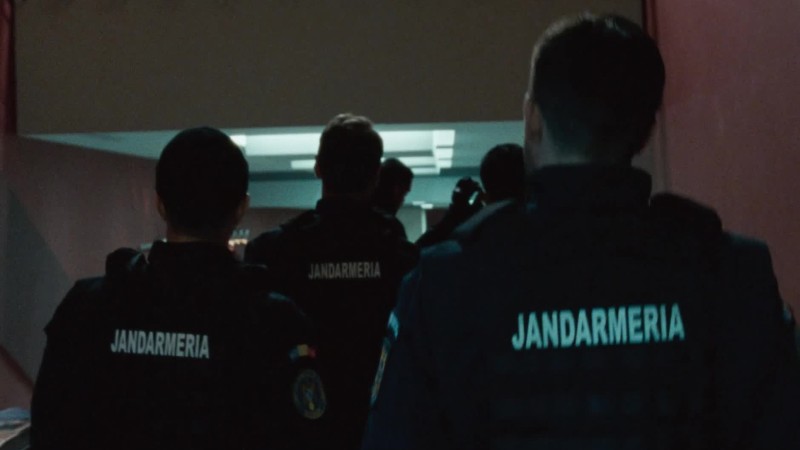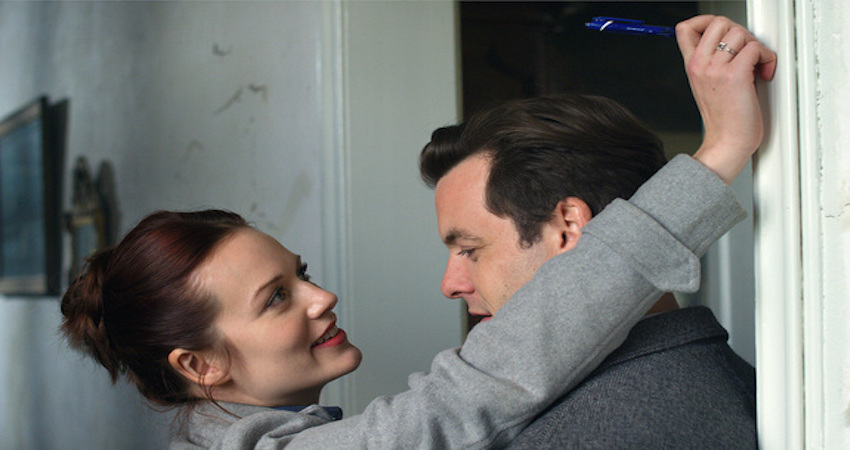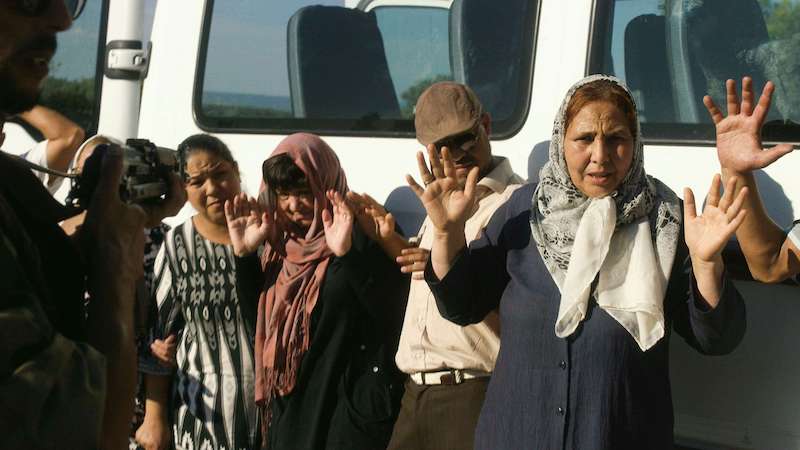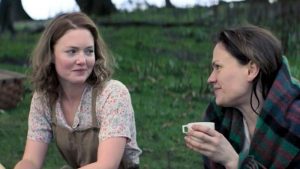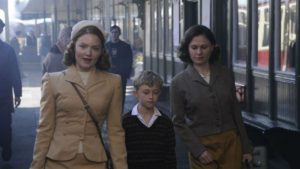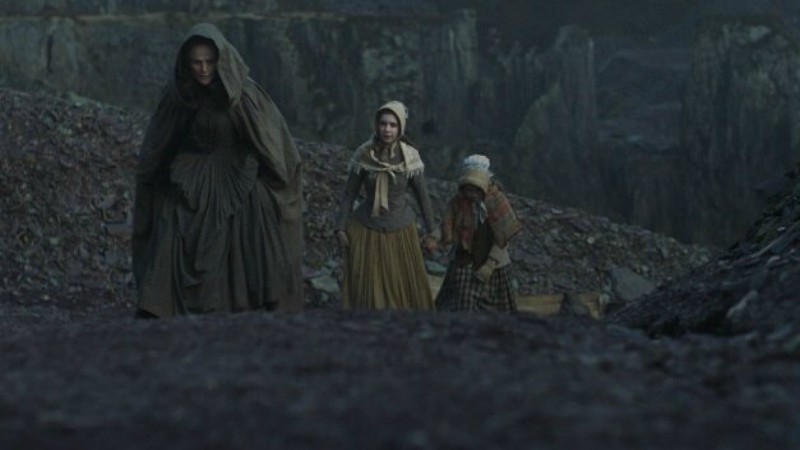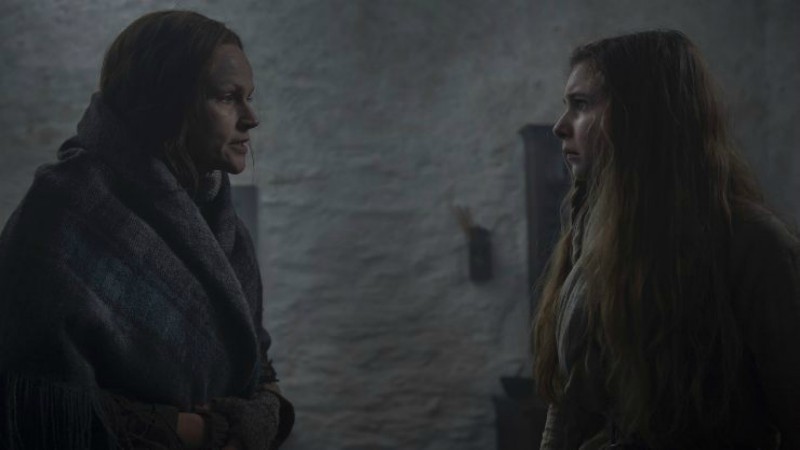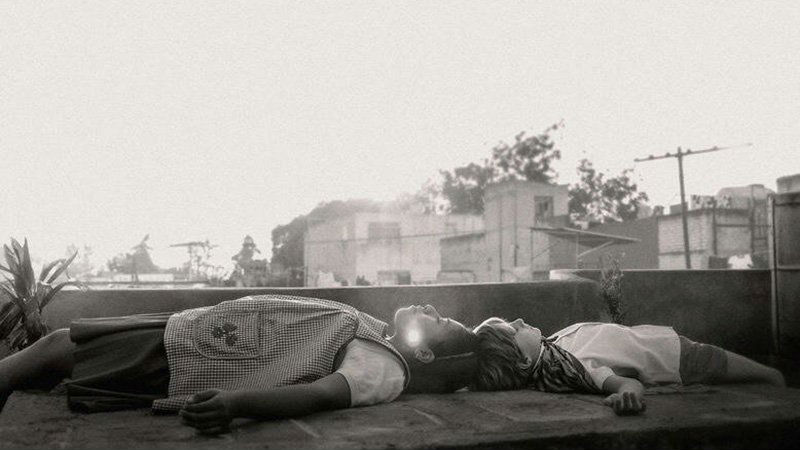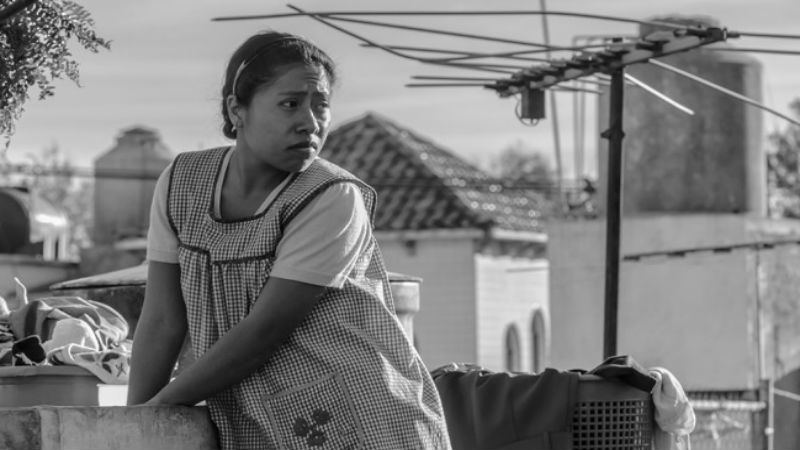QUICK SNAP: LIVE FROM TALLINN
A puzzling character study trafficking in loneliness, meanness and sadness, The Enemies is both a confounding and intriguing experience. Telling the story of a Zohreh (Roya Afshar) a 60-year-old Iranian woman in Tehran disliked by her family and hated by her neighbours, it asks deep questions of its central character without ever compromising on its singular vision.
Zohreh’s son Sharab, a drug addict, is missing. Her husband is supposedly working by the Caspian Sea. She lives with her daughter, a flight attendant, and her mother, critical in both health and temperament, never wasting a moment in telling Zohreh she has ruined her life.
In fact, Zohreh takes no interest in matters of family, doting upon her many cats and spending her free time stealing supermarket sweets and handing them out to schoolchildren instead. Meanwhile, someone has been sending the rest of the apartment block’s letters accusing Zohreh of terrible things. But is there more to these letters than initially supposed?
In describing this film I’ve had to deliberately misrepresent the plot. To describe the plot entirely accurately would be to give away some of its keenest pleasures. In this film, nearly everything you learn at the start is something of a misnomer, upending your expectations throughout. It’s best experiencing the film knowing as few twists and turns as possible, so you can guess alongside the characters as to what is actually going on.
Is she acting so oddly because her son has gone missing? Or is there something much deeper at the heart of The Enemies? An exciting tension runs throughout the movie, the character of Zohreh seemingly able to move in any direction. Credit must go to the brilliant Roya Afshar, who never gives too much away, suggesting huge amounts of sadness and even mischievousness behind her large eyes.
With many assistant directing credits to his name, this is Ali Derakhshandeh’s first time directing a feature fiction film. His enigmatic story is embedded within a measured and melancholic style, making use of long takes, slow pans and careful blocking. We are not told what to think or feel, having to engage critically into figuring out Zohreh’s inner-state.
This remove in both style and content makes the film difficult for emotional investment, even when it occasionally breaks from its alienating style and gives us brief glimpses into the real Zohreh. While individual scenes benefit from fine acting that combines awkwardness and offence in equal measure, it’s hard to say what Zohreh’s inner-conflict and relation to the outside world really is.
Perhaps it’s a metaphor for the status of women in Iran. With multiple references to the state of the country as well as video calls with relatives having a seemingly better life abroad, the film critiques the way Iranian society seems to pigeonhole and blame women for things outside of their control. Her flight attendant daughter, flitting between Iran and the wider world, is between both worlds, while her mother, in her last days, is fixed to the streets and culture of Tehran. Meanwhile drug dealers run rampant just outside the flat window; something is rotten all right, but the ultimate meaning remains frustratingly elusive.
The Enemies plays as part of the First Feature competition at Tallinn Black Nights Film Festival, running from 13th to 29th November.









